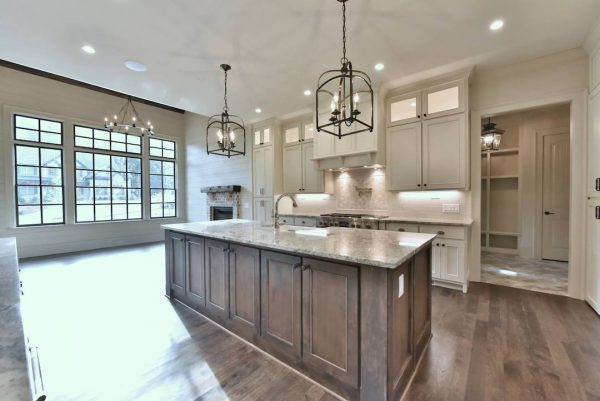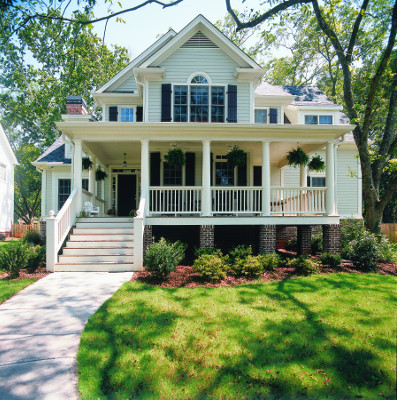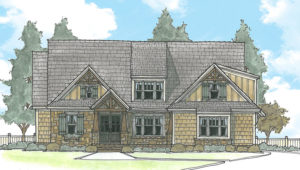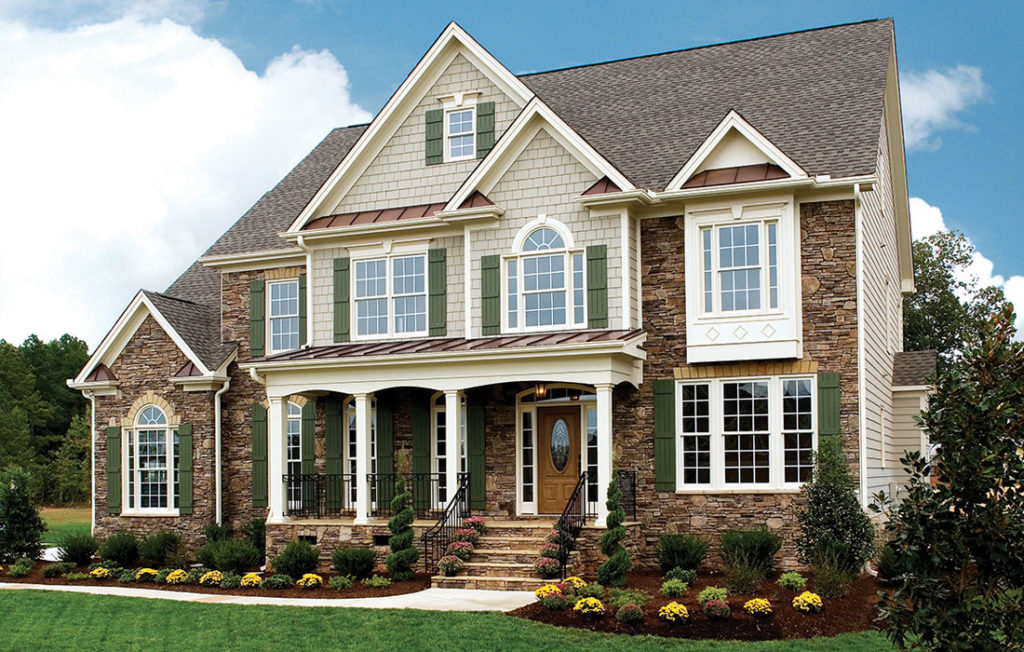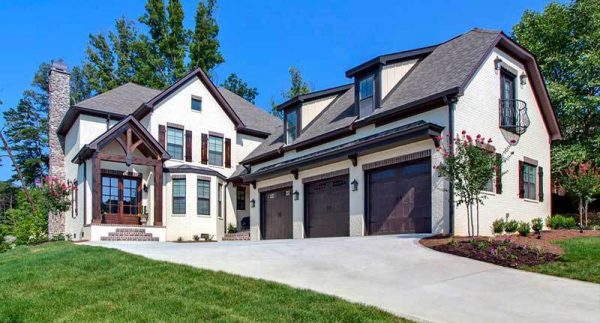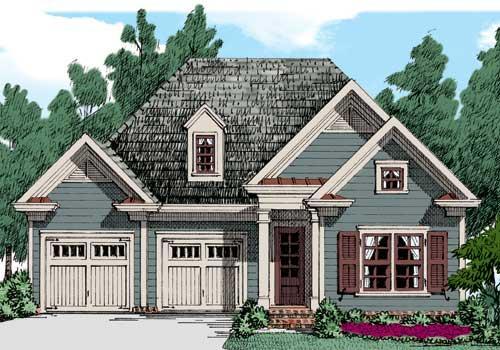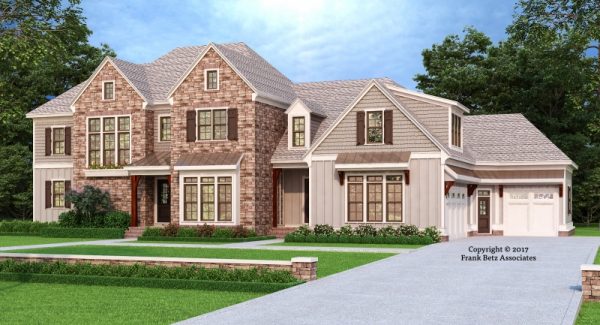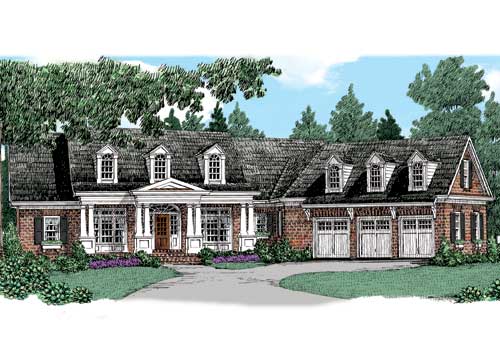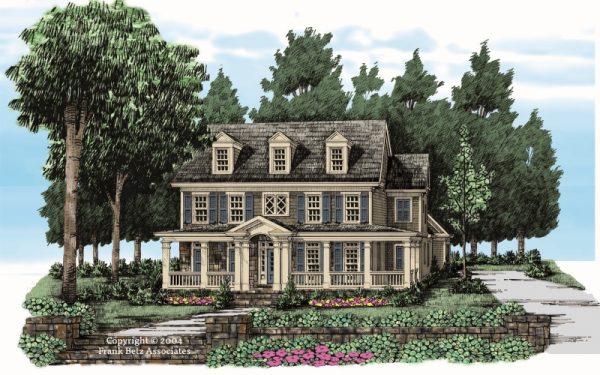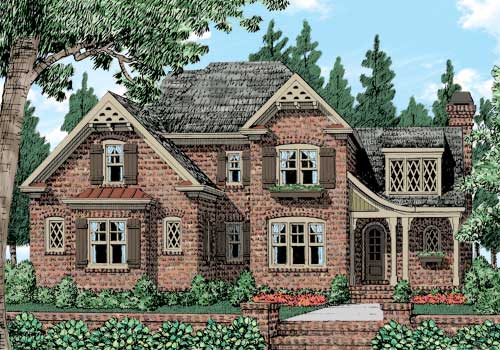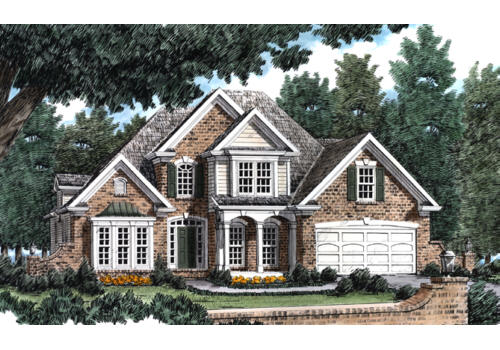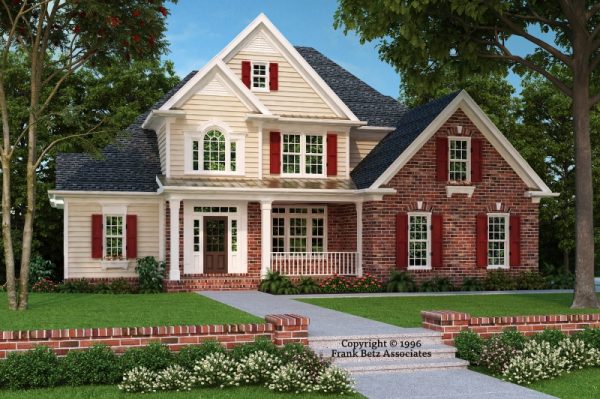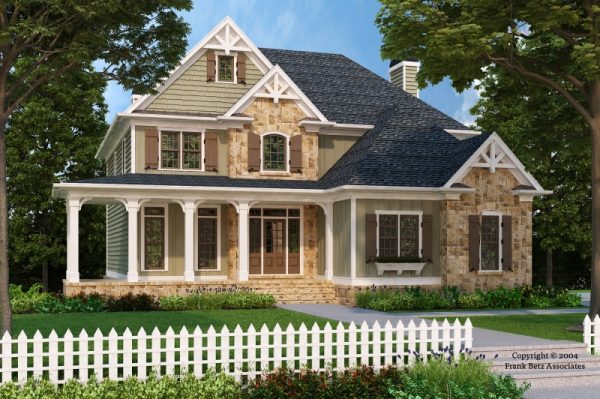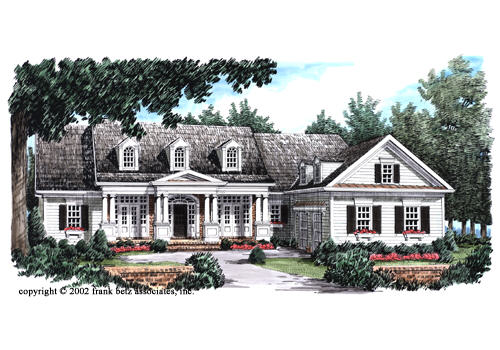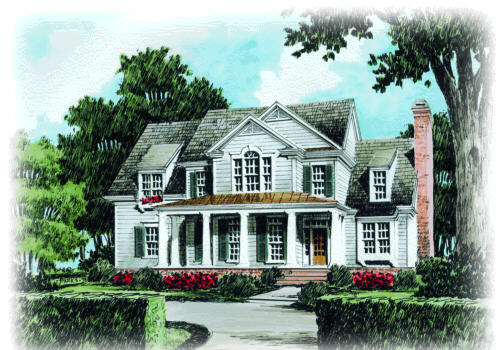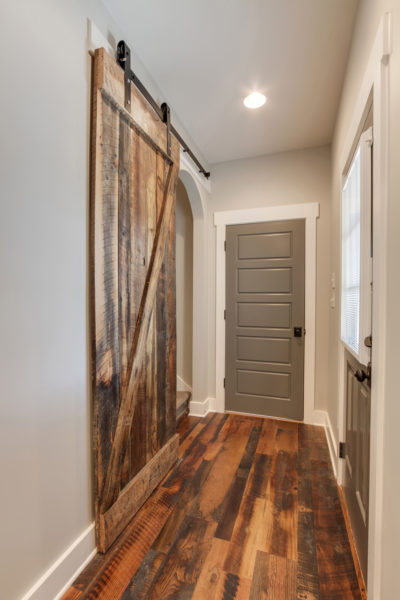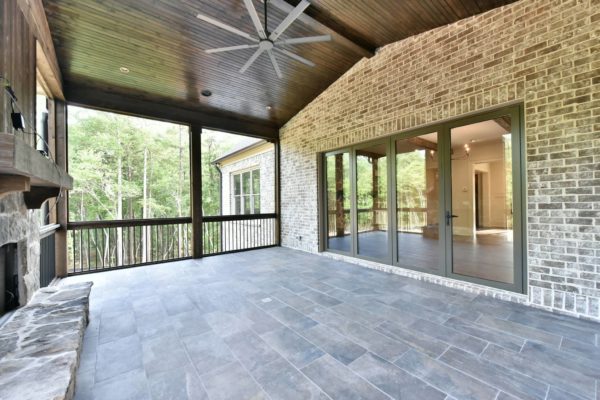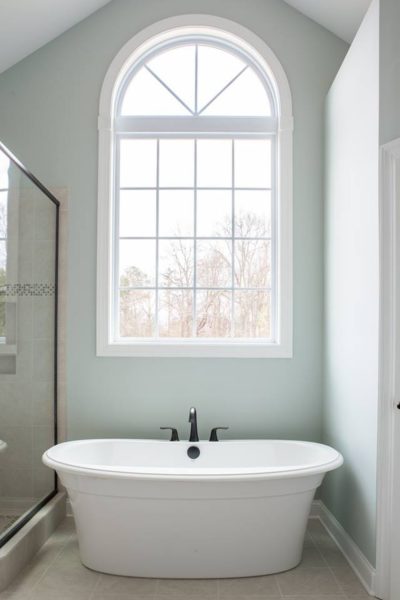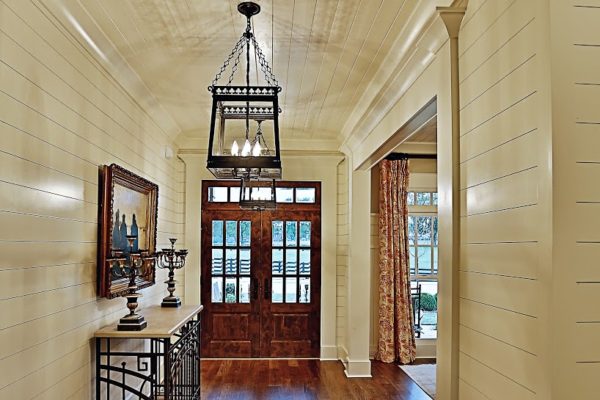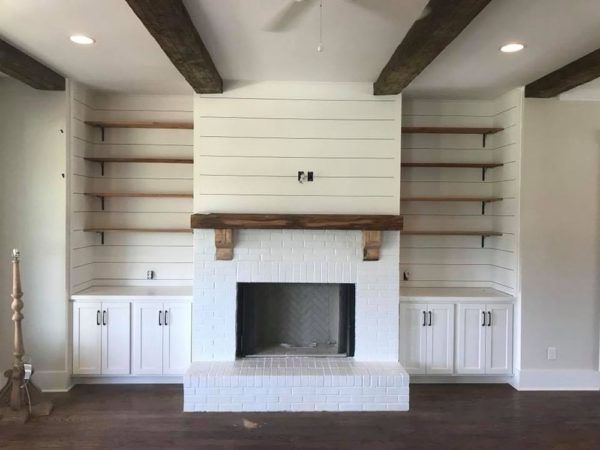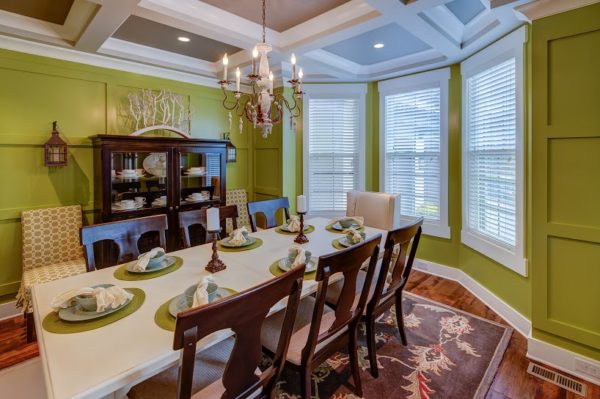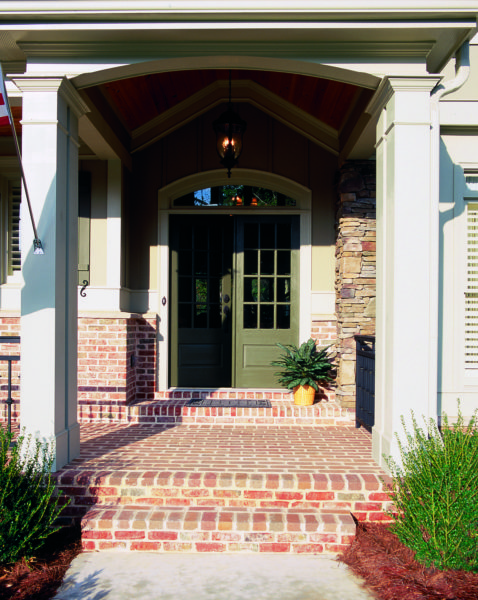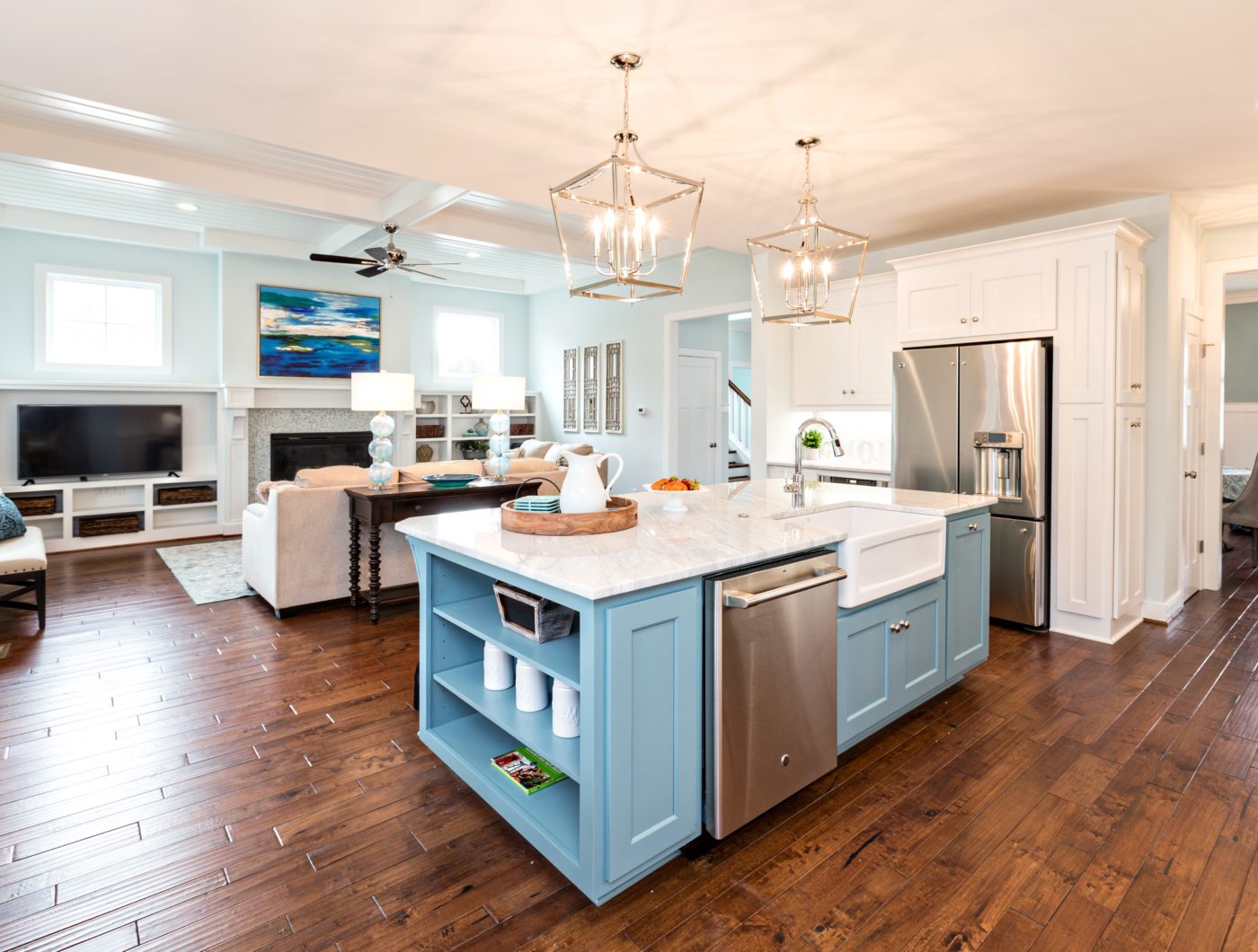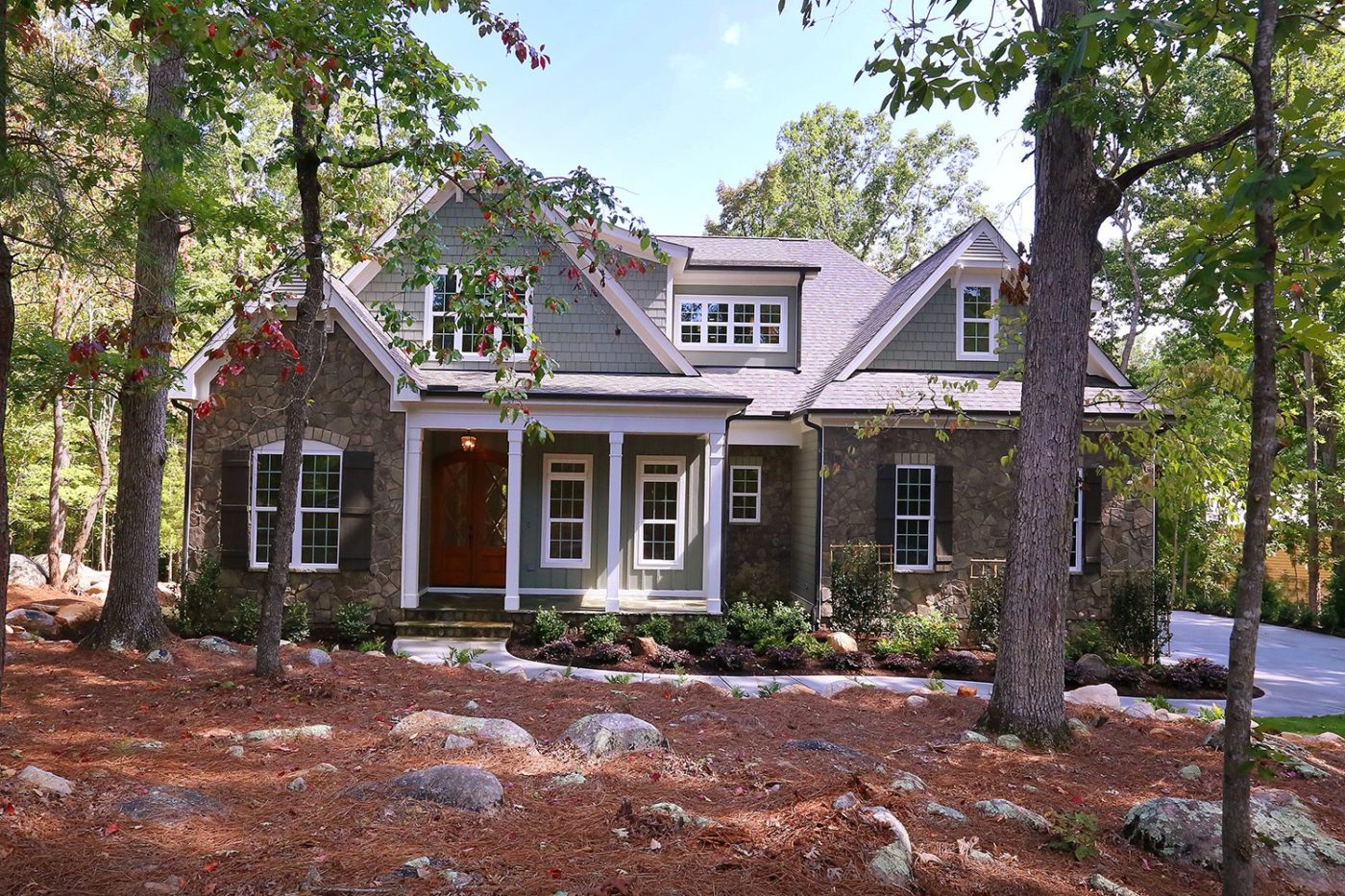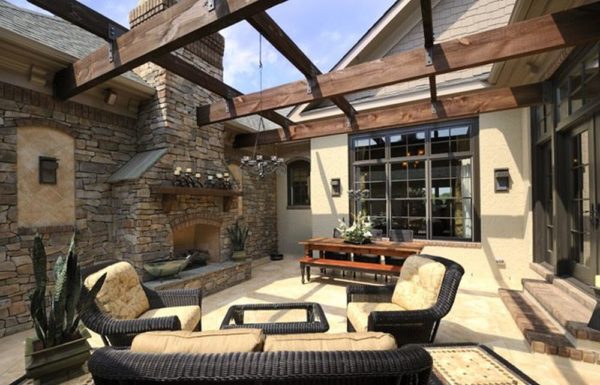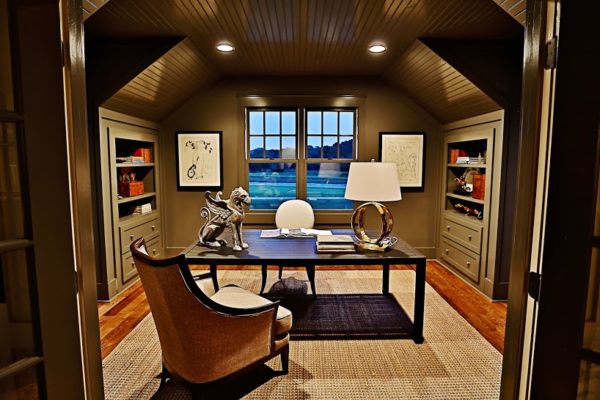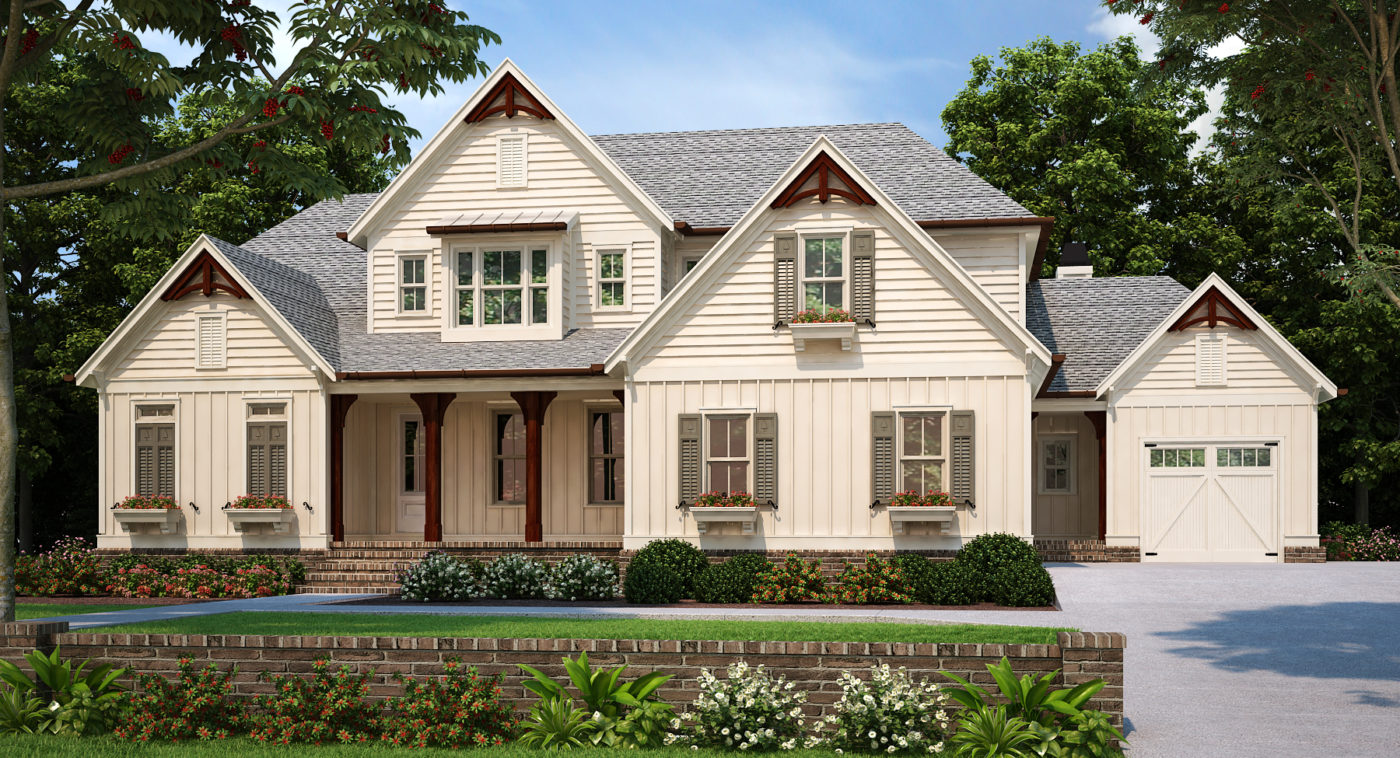As you approach the new home building process, there a number of ways to gain a base knowledge of construction that will help in the long run. A quick search online can lead you to applicable reference materials and various industry reports. Visiting local home shows are another beneficial method. Gathering as much information about the industry will help increase your building knowledge and thus be better prepared to start this quite big undertaking. You’ll get a broader, non-biased view of home building trends in your desired area, find information on credentialed builders and know what questions to ask going forward.
Before you get the keys to your dream home, there’s a long road ahead. As a first step, it is advised to research the topic on various online construction reporting websites. These sites include www.contructionmonitor.com, www.rakenapp.com, www.nahb.org. While these sites are directed toward industry professionals, the content can be useful to someone looking to build a new home for the first time. By familiarizing yourself with industry terminology and processes, you’ll better understand what’s going on, as it’s going on. You’ll also get to see the major players, popular vendors and construction techniques in your area.
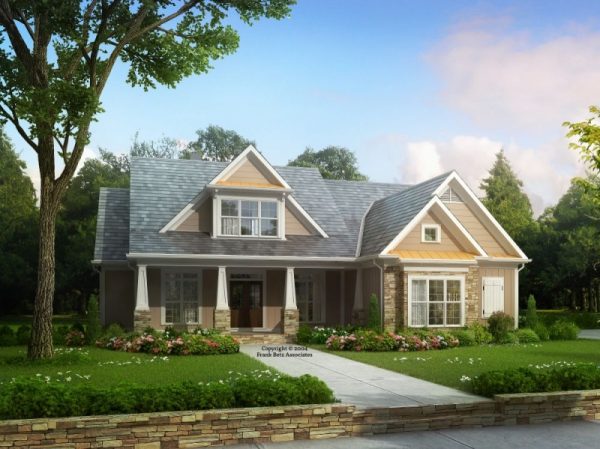
Most of these sites focus on building permit data as the key resource to gauge market trends and activity.
Building professionals use this information to find new business opportunities, source general contractors, subcontractors and vendors, but you’ll be able to get a feel for who’s doing what and where, as well. Because these are sites for professionals, you’ll also be able to verify the credentials of your perspective builder and vendors. Additionally, they frequently have updates on the latest happenings in the building industry like vendor expos and home shows.
Home shows feature exhibits, product demonstrations and seminars on a variety of home building topics.
Anything and everything having to do with the home can be found at a decent sized home show. Here you’ll find info on house plans, building materials, landscaping and lawn care, kitchen appliances, fixtures, flooring, roofing, siding, concrete, windows, heating and air conditioning, patios, insulation, and more. If you’re interested in building a green home, there are many shows that travel the U.S., specifically geared to that topic. There you’ll learn about green building methods and products that include the latest insulation, radiant floor heating, energy efficient appliances, zero VOC paint and green roofs. And no green home show would be complete without clean energy alternatives like solar panels and wind power.
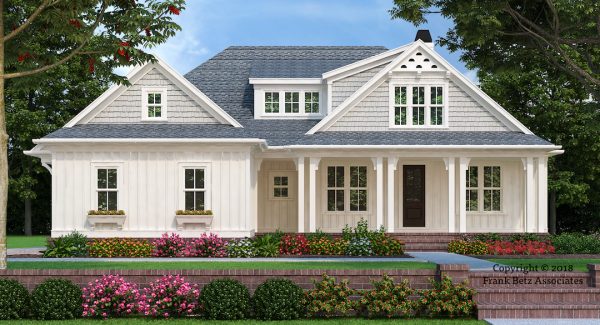
Doing your new home, homework ahead of time, will get you better prepared for your building adventure. Knowing the process, the players and building language, will be a major advantage as you move forward. Spend some time online and attending a home show or two. It’s a great way to get ideas, get inspired and most importantly, get educated.
